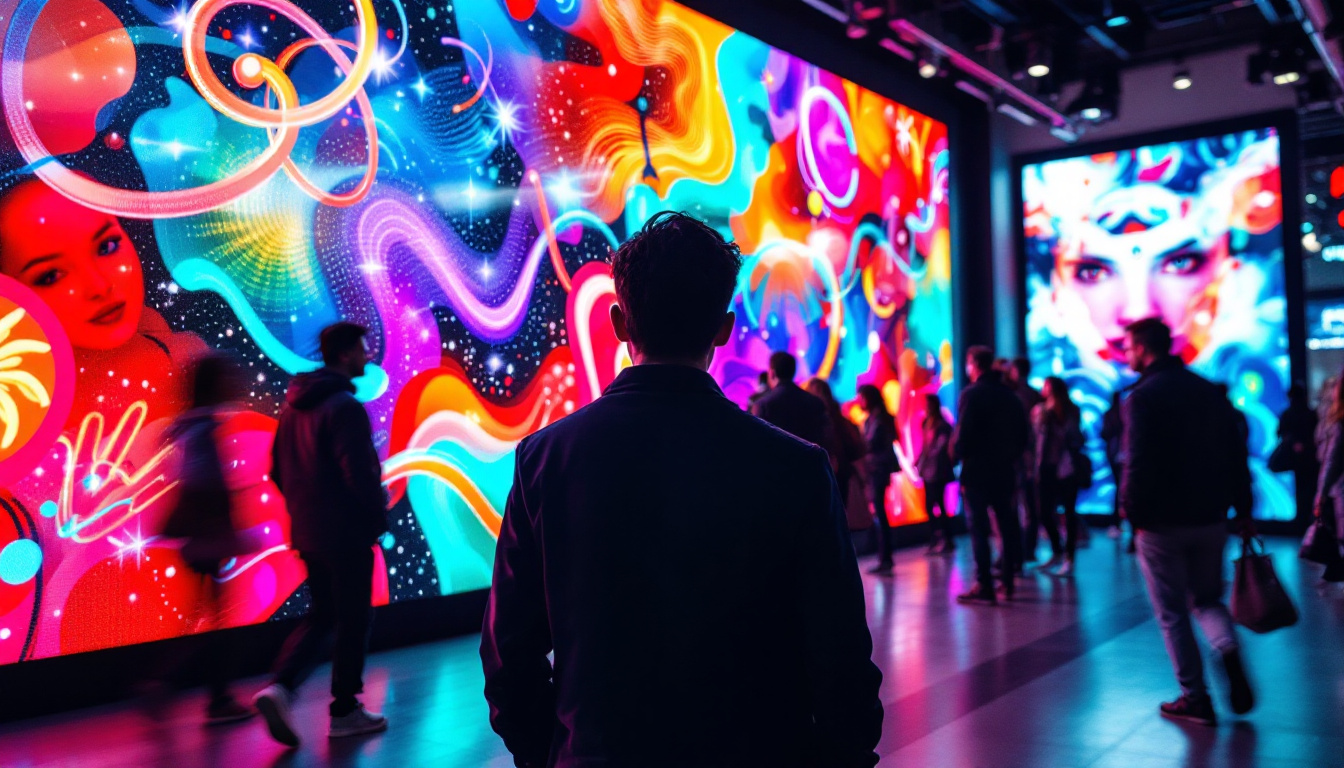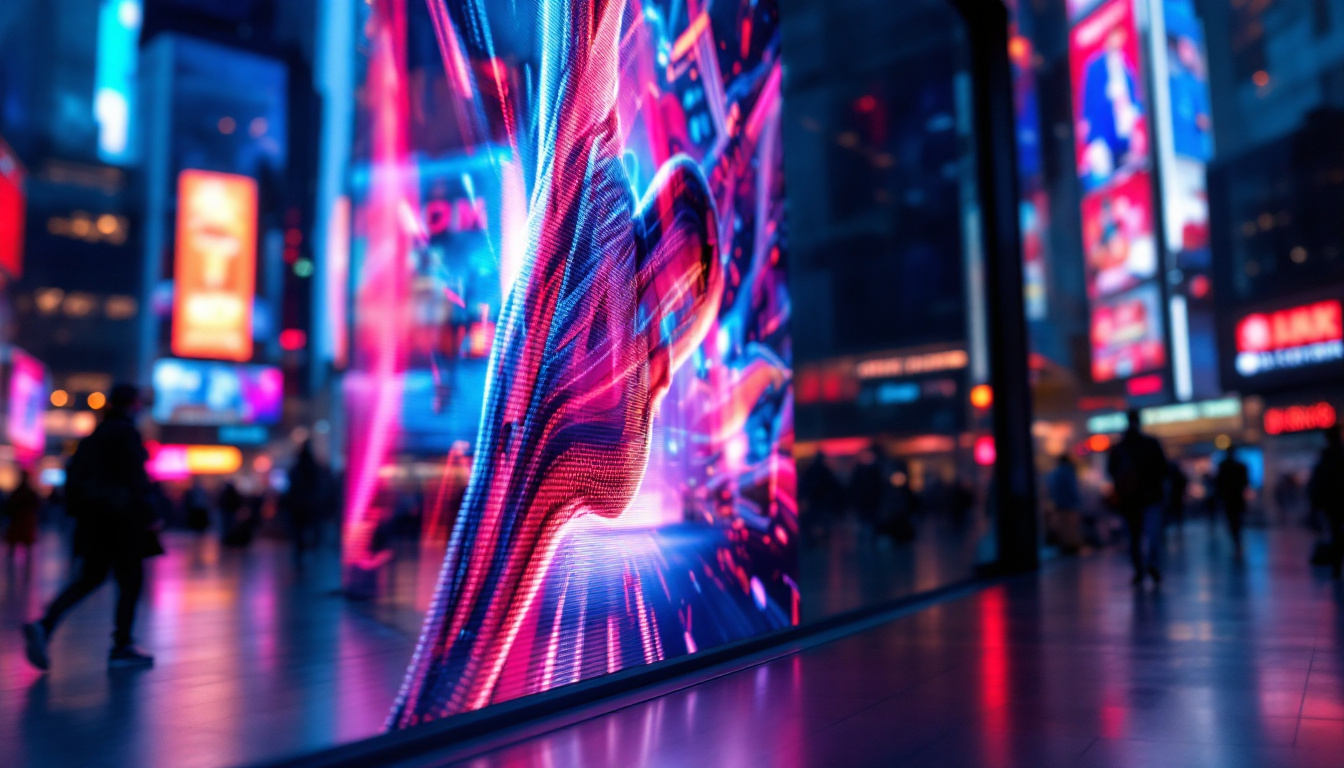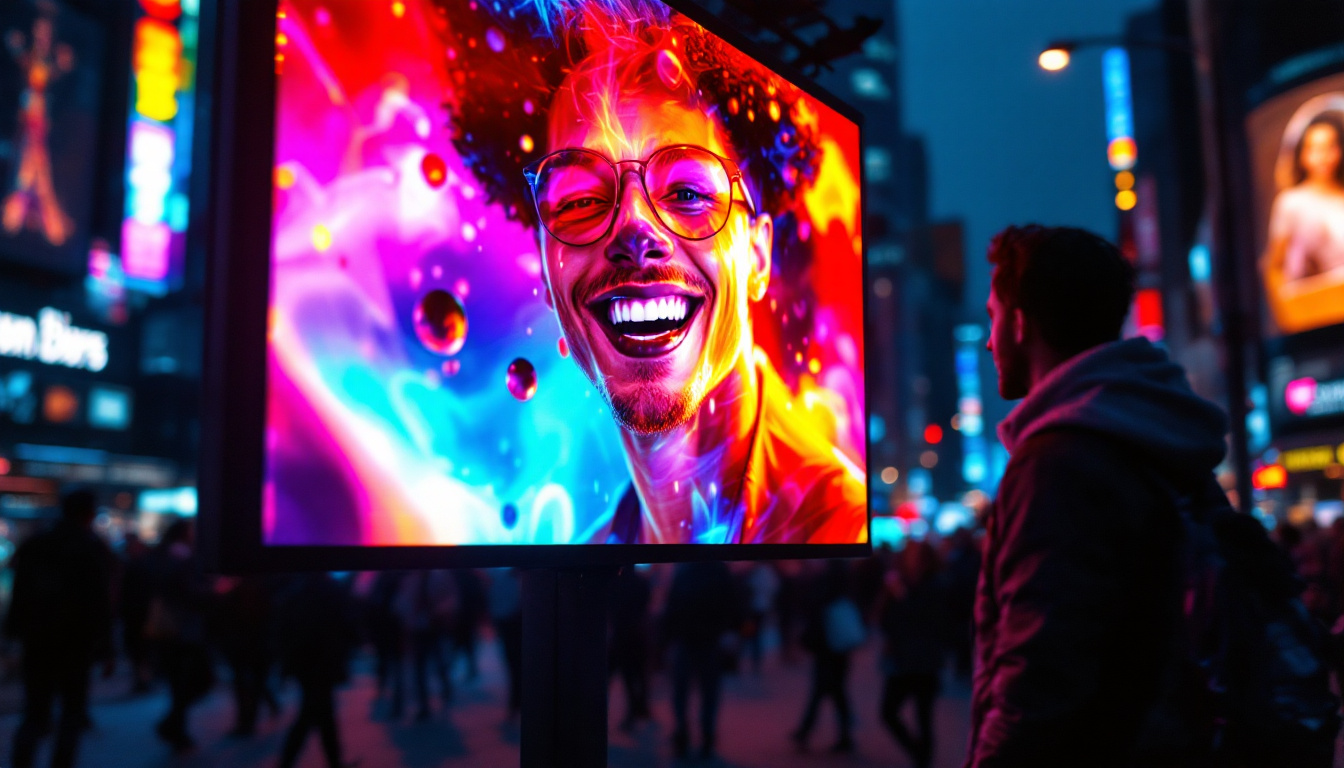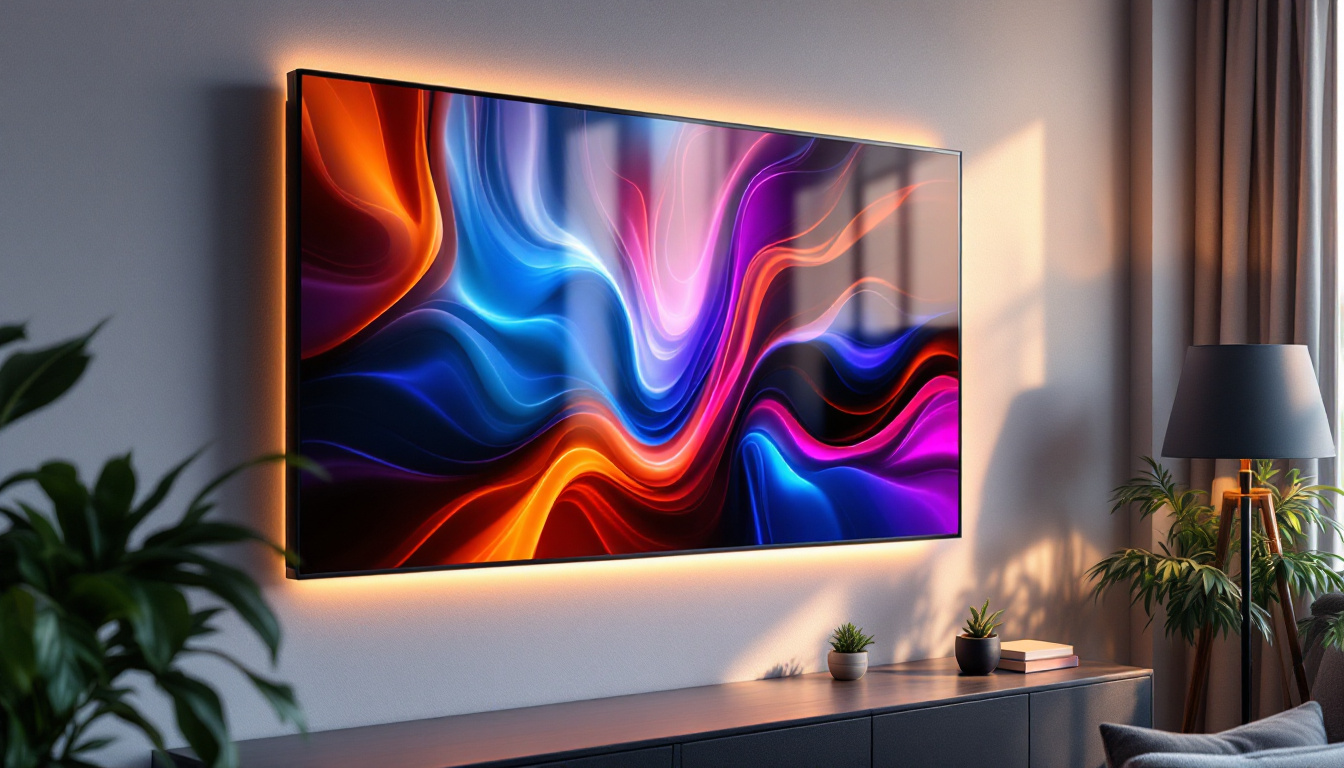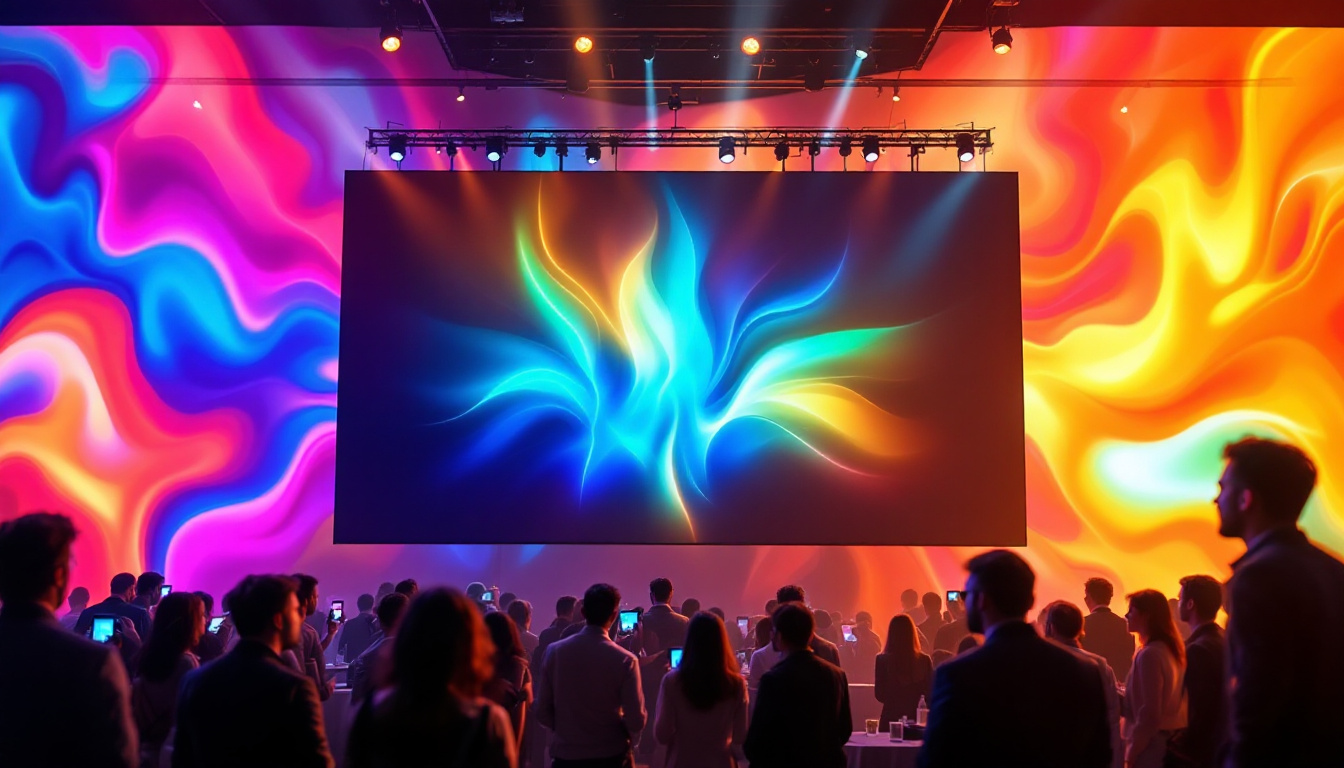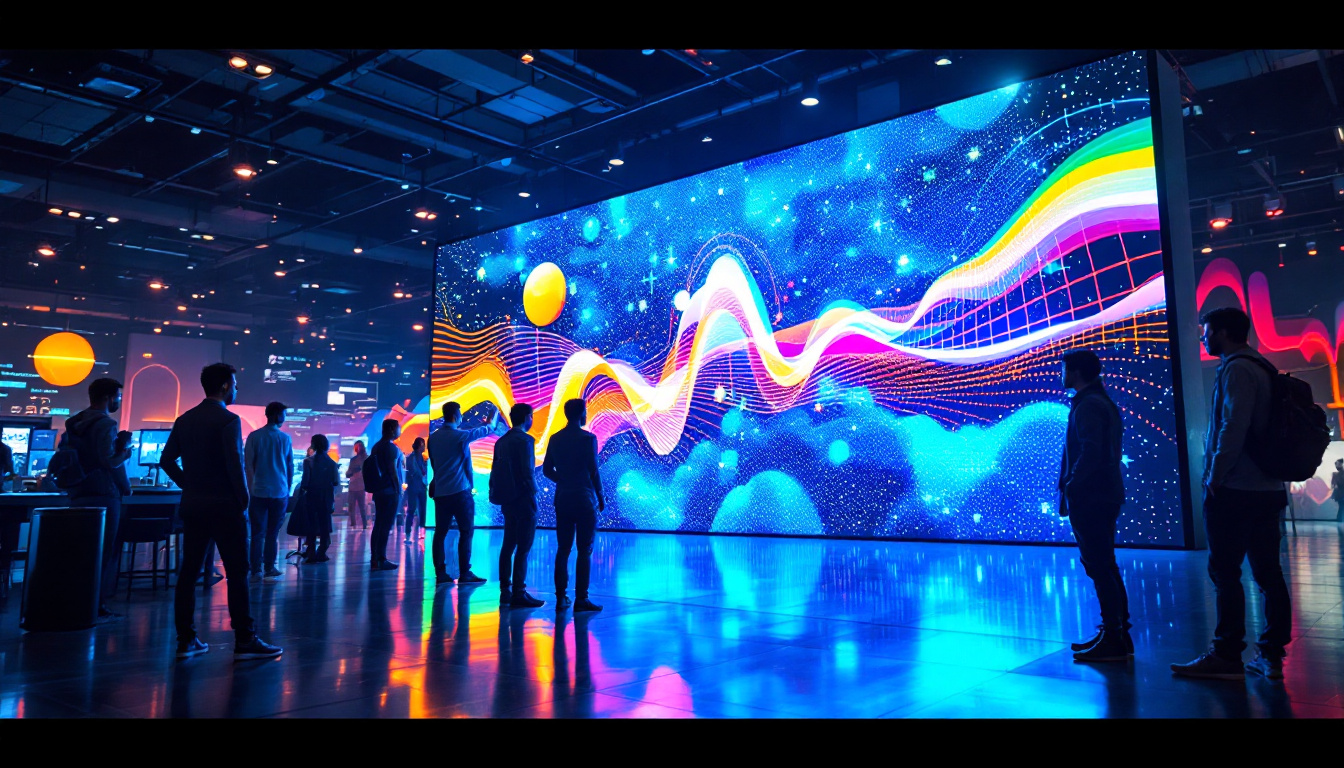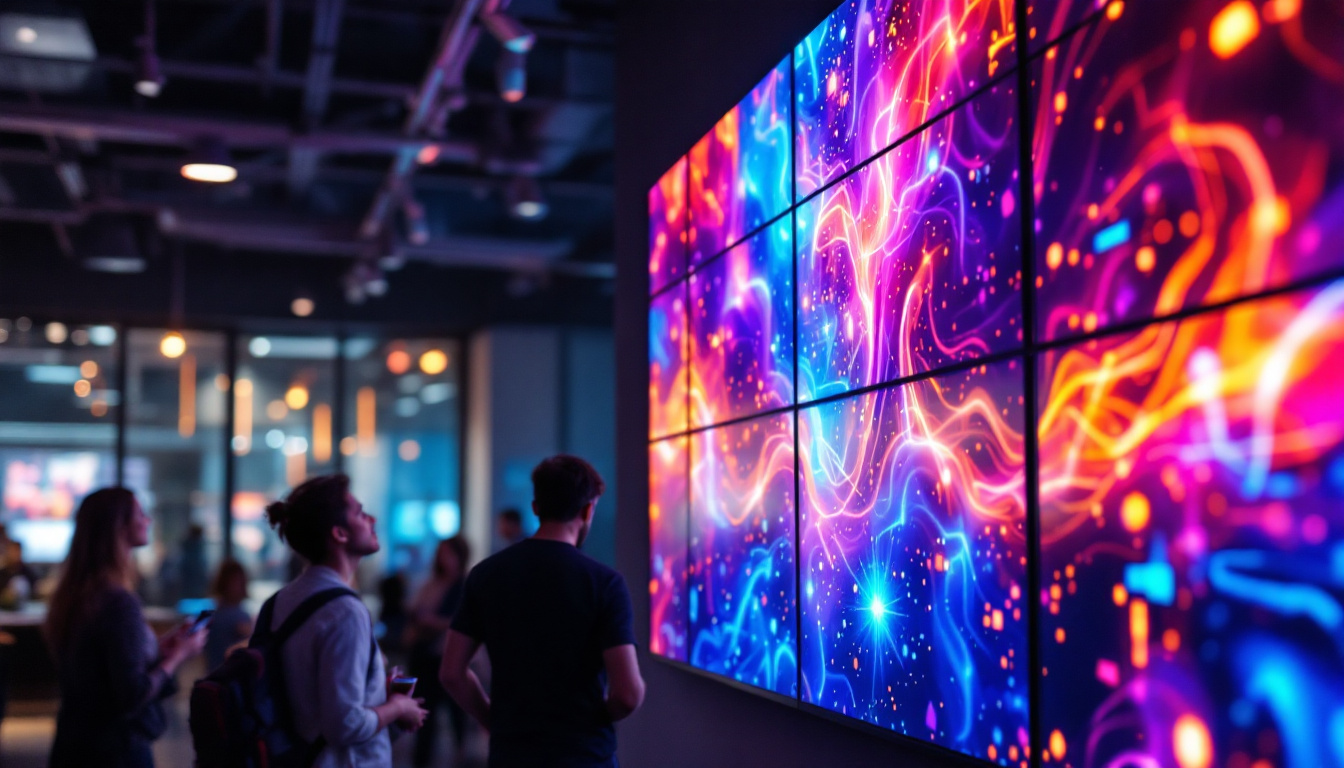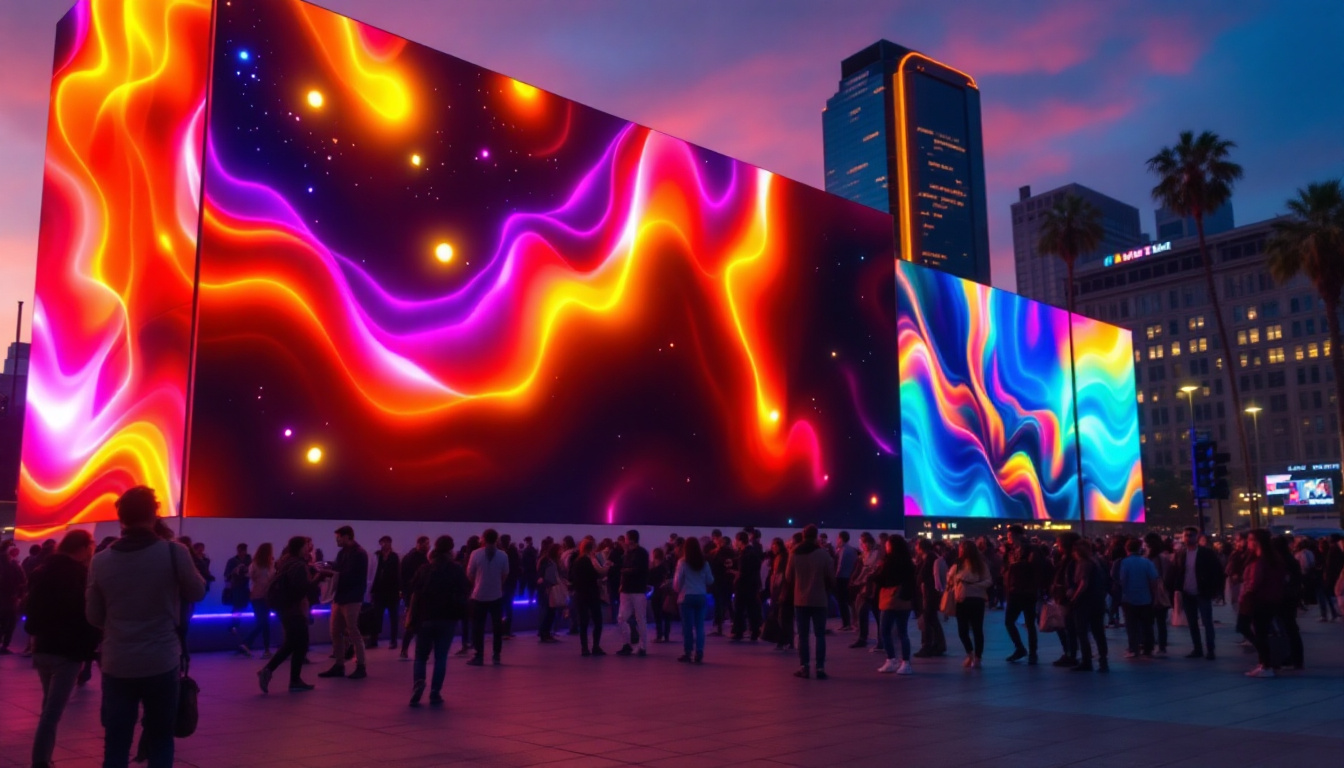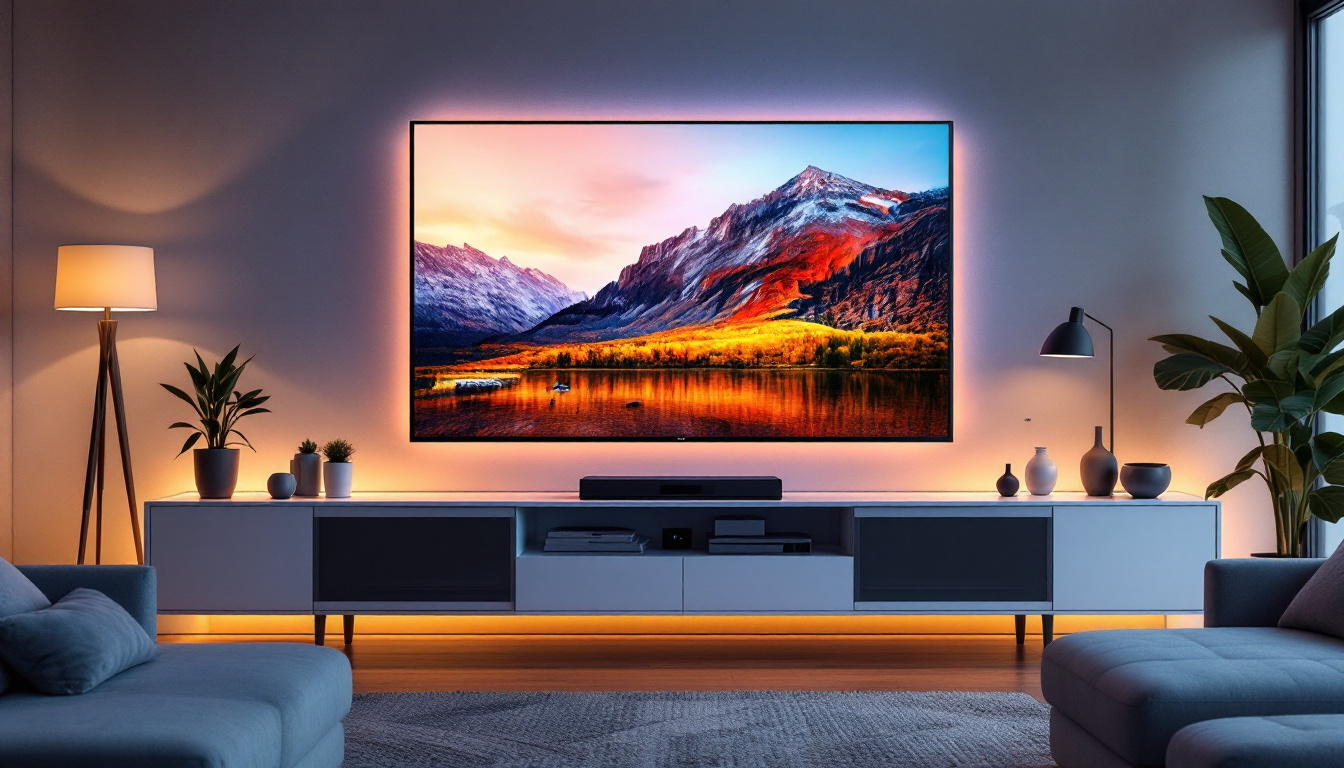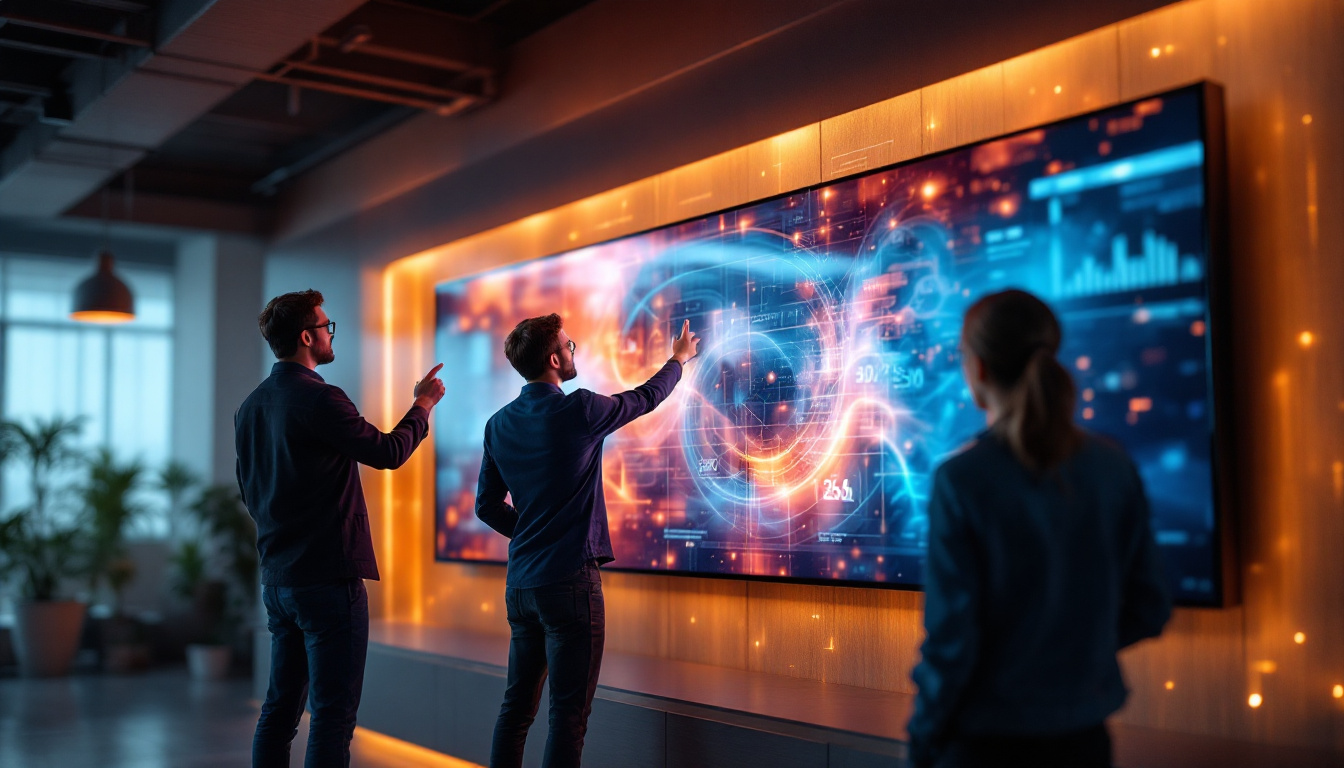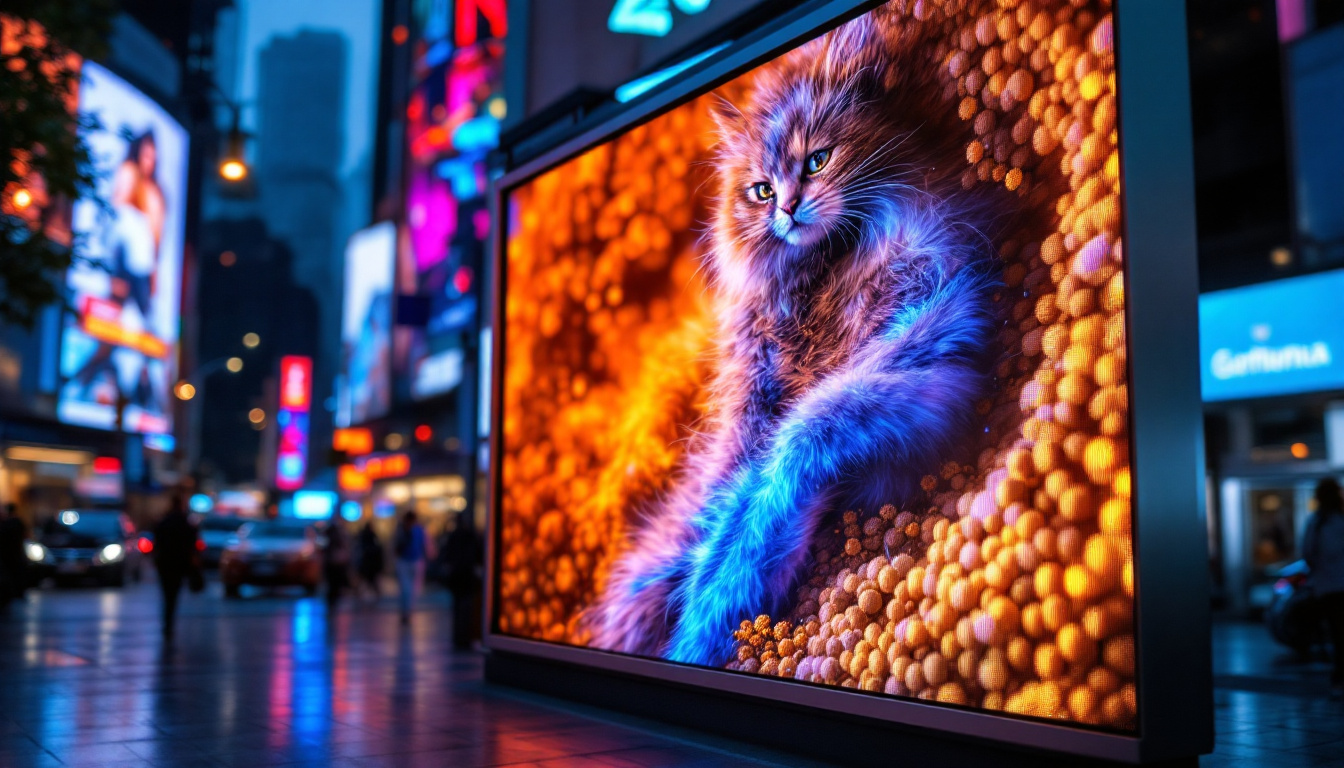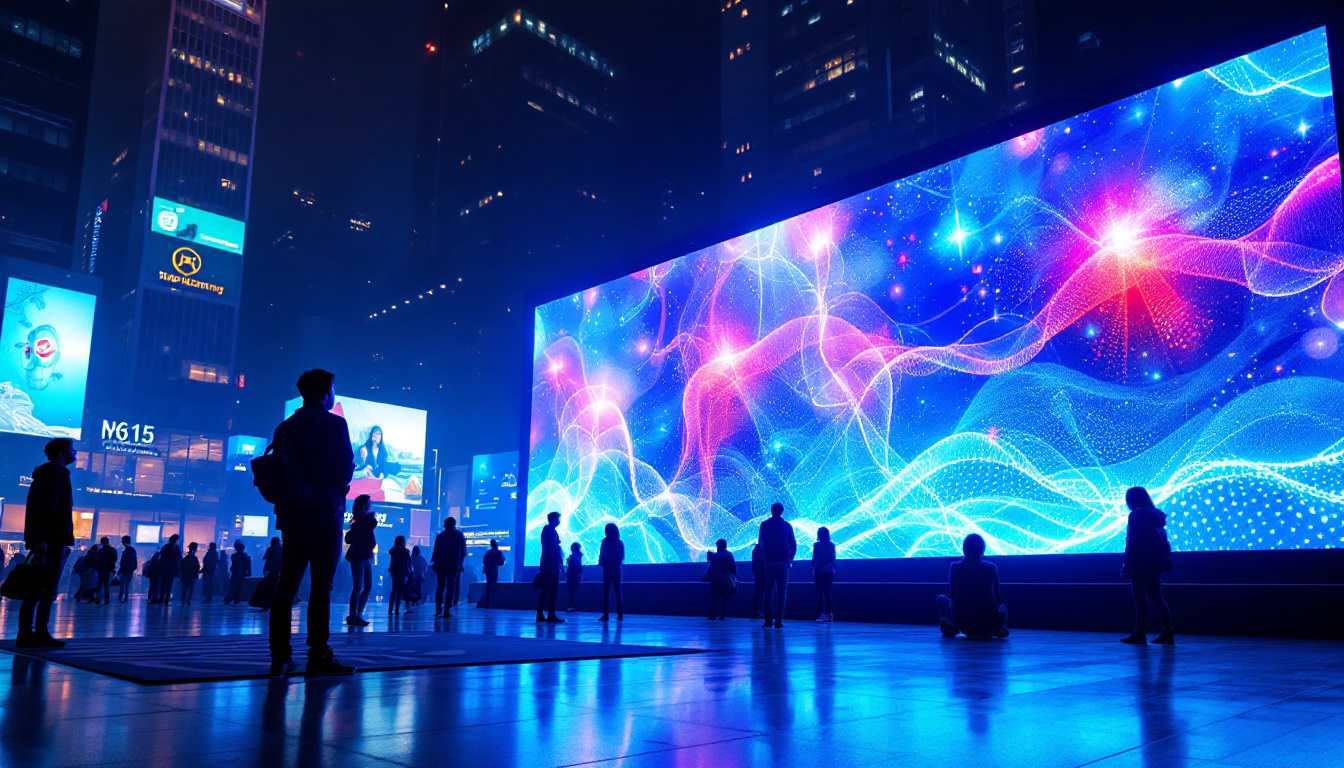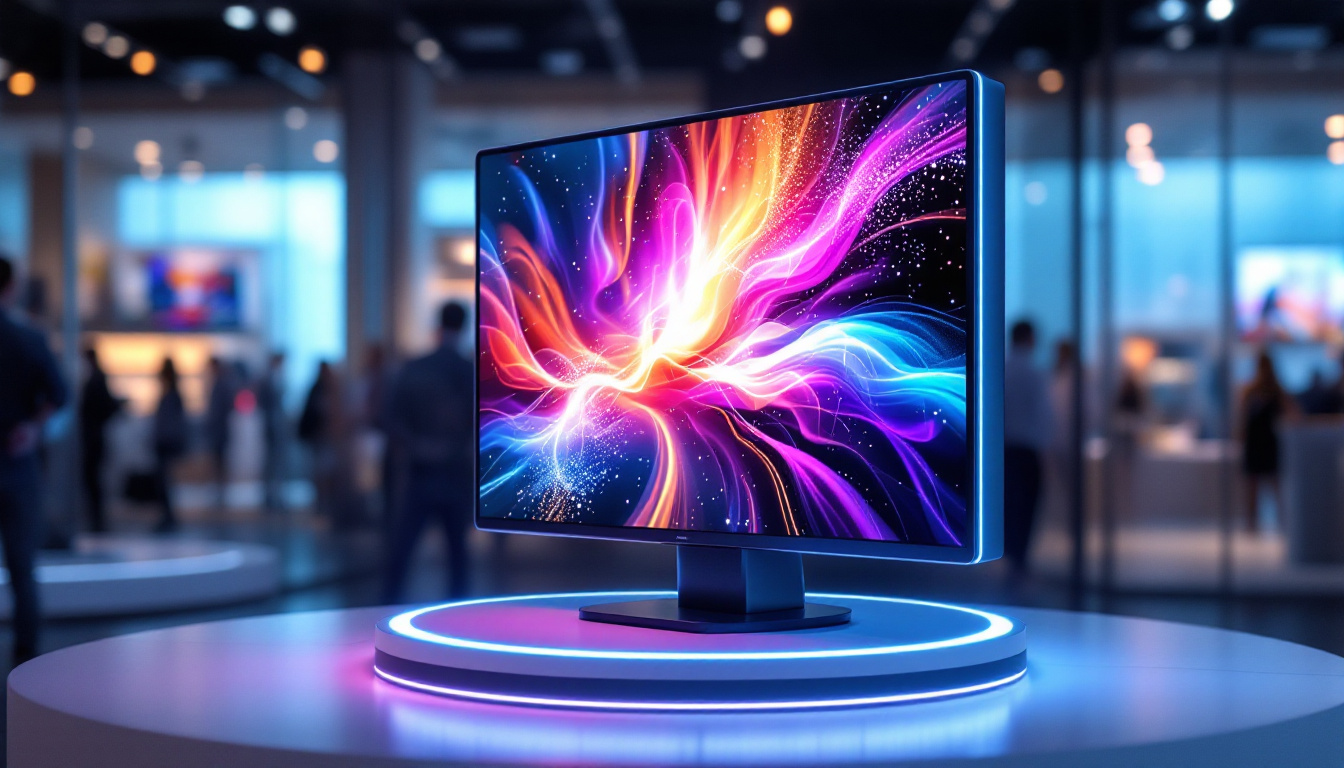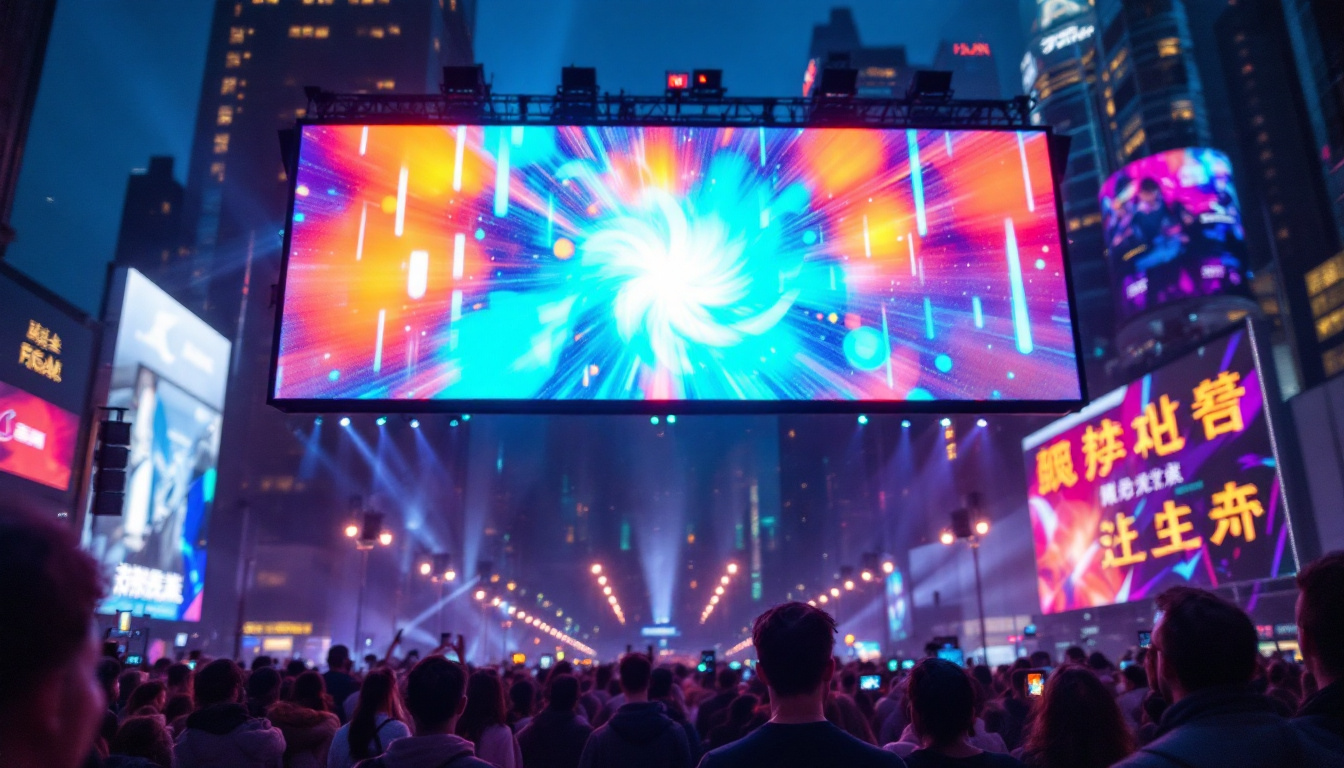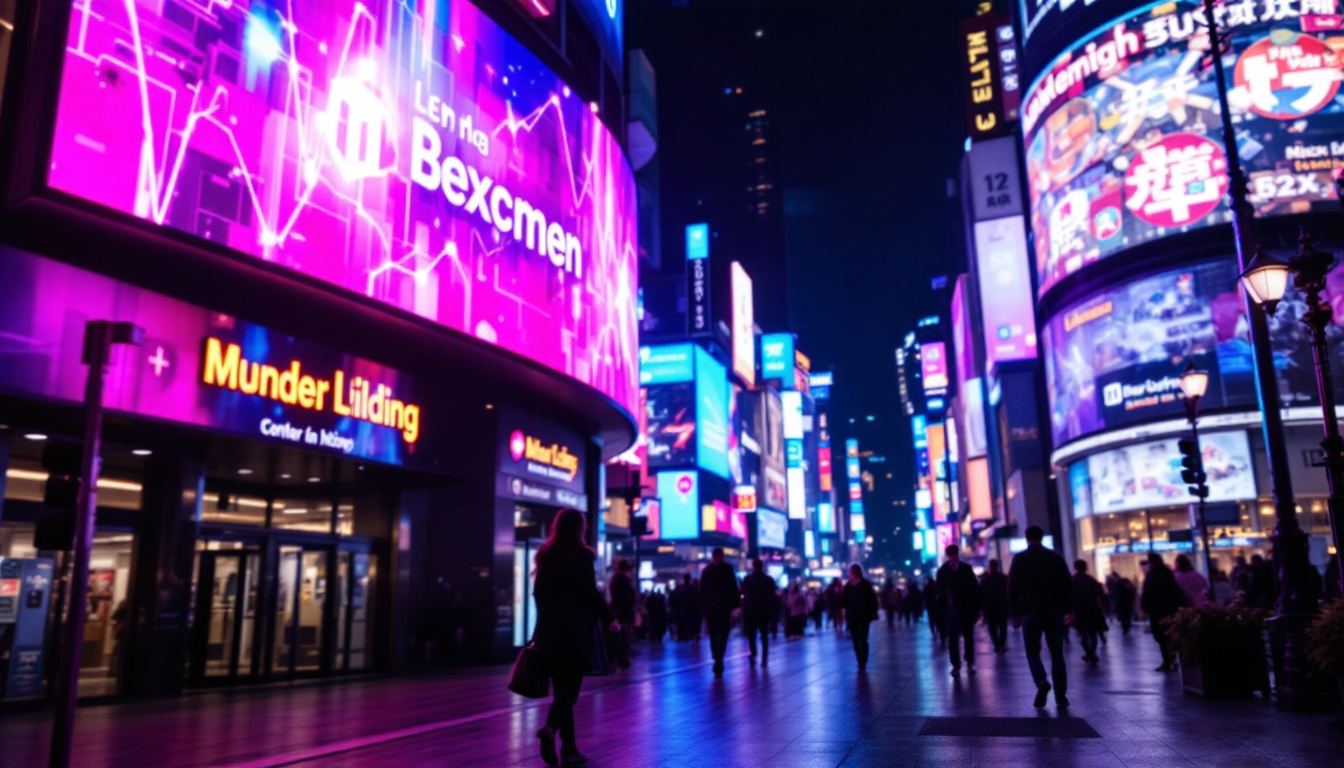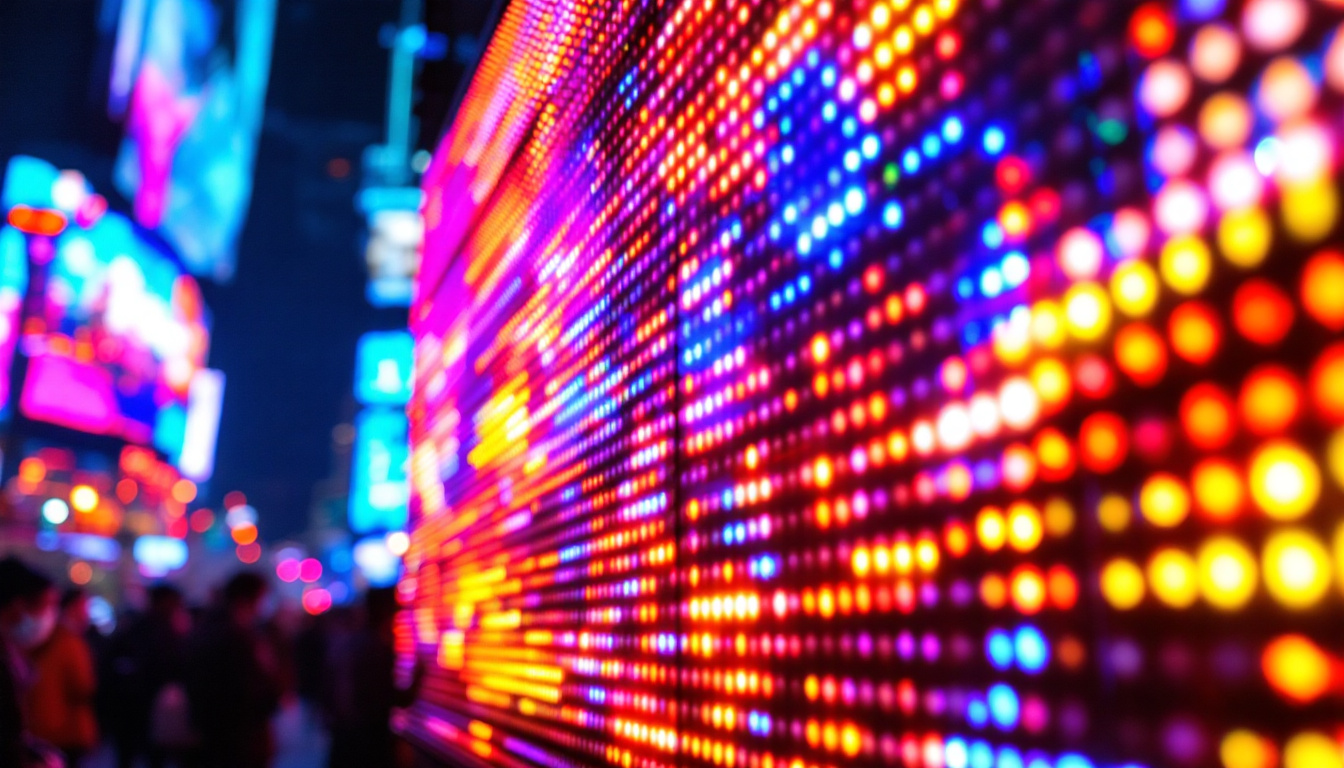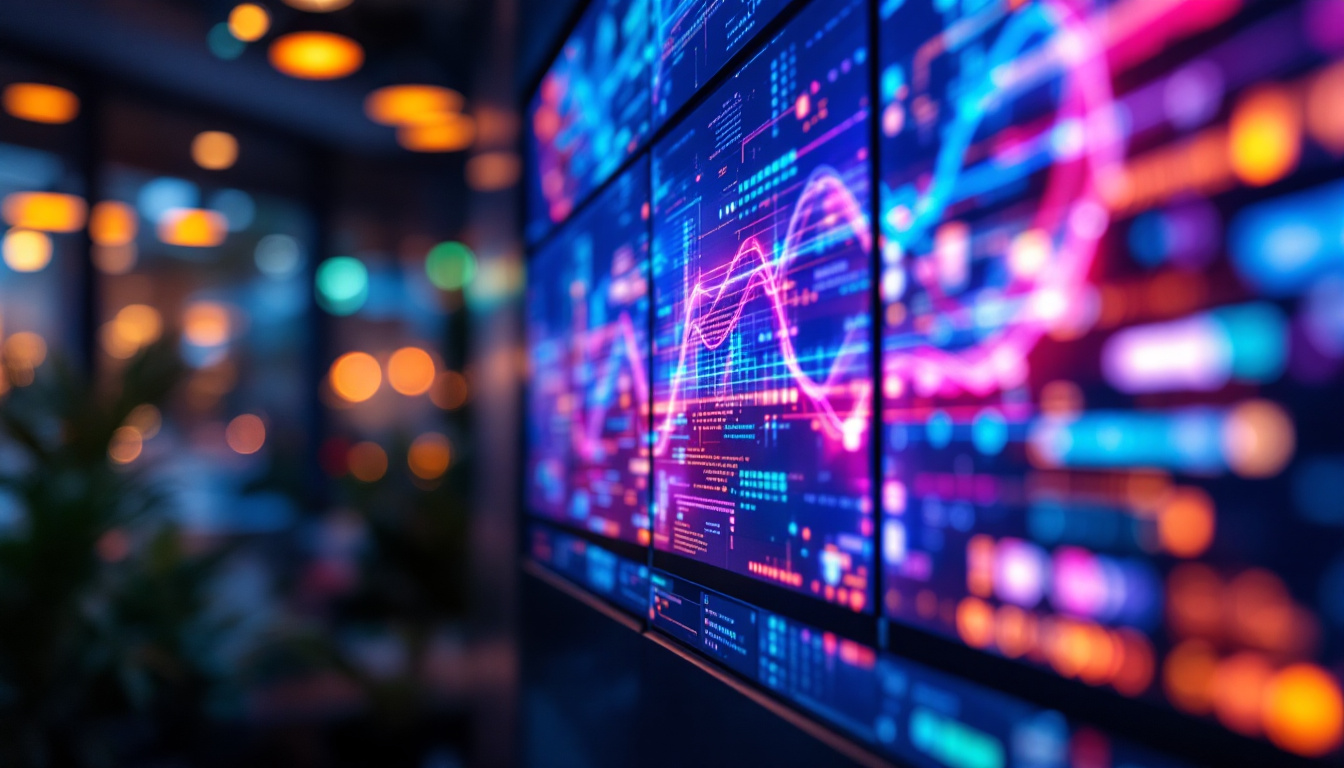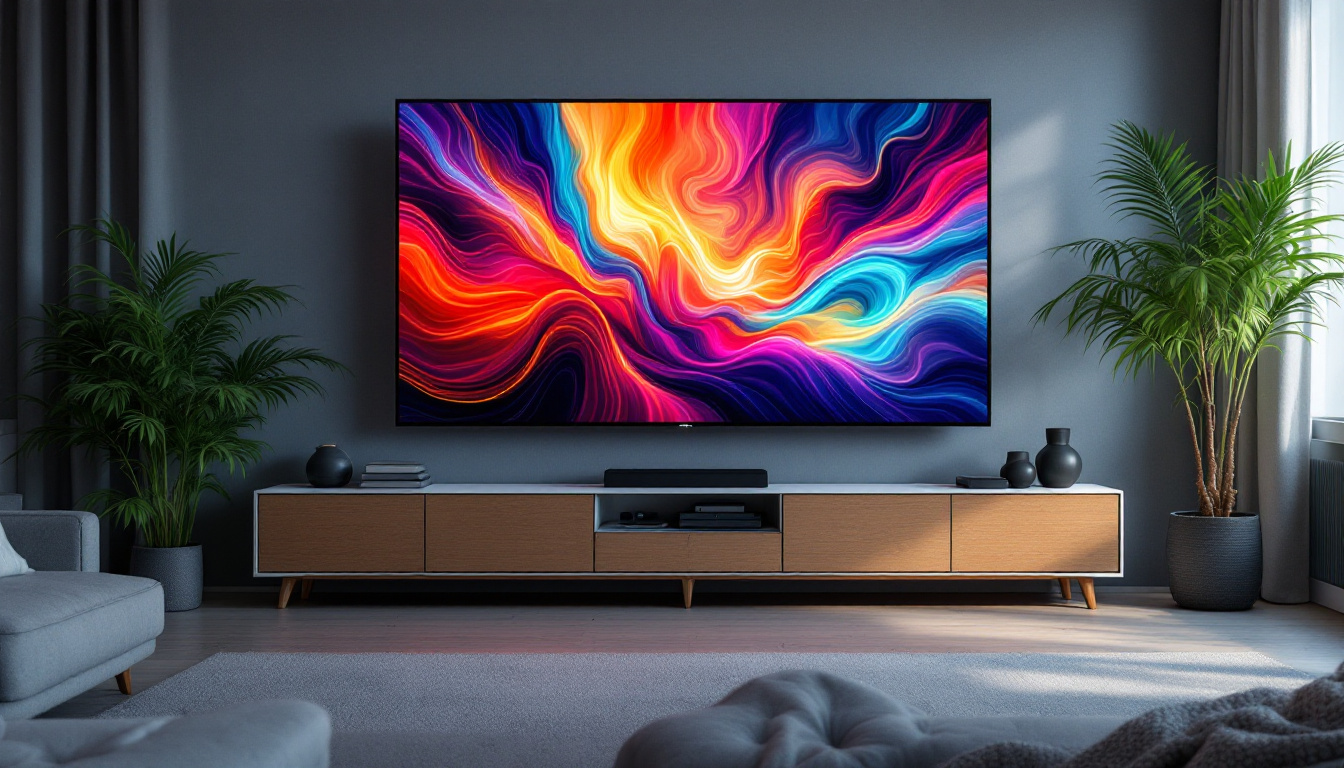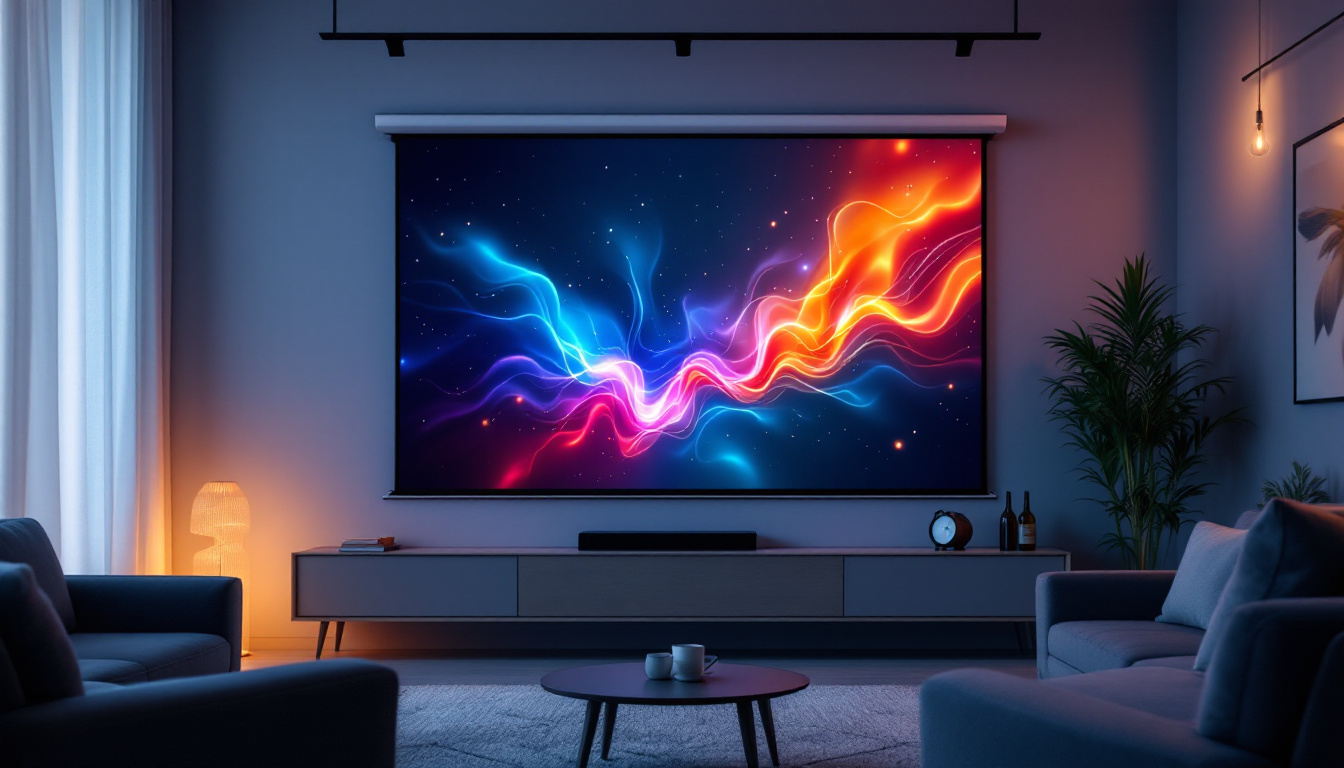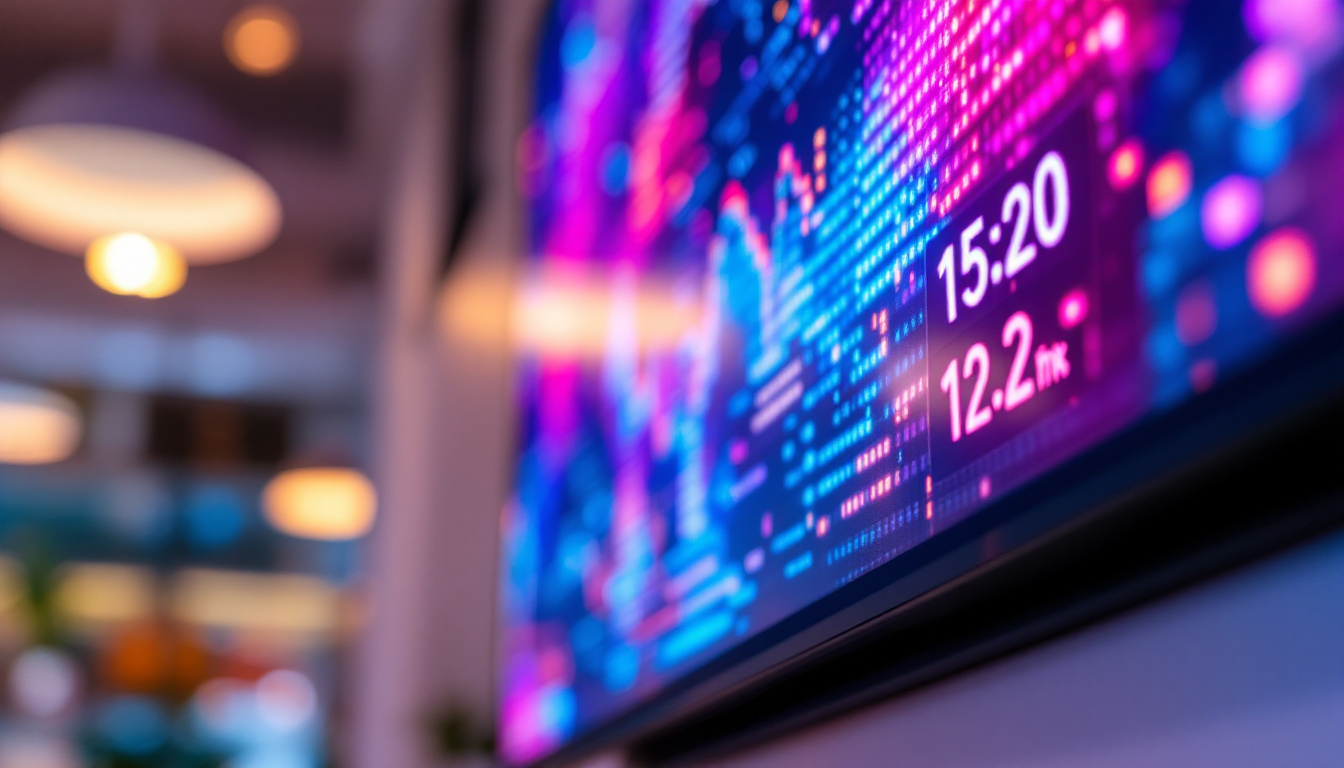Commercial TV: LED Display Explained
In the world of commercial television, LED displays have become a cornerstone technology, revolutionizing how content is presented to audiences. From retail spaces to sports arenas, the versatility and clarity of LED screens have made them a preferred choice for businesses looking to engage viewers effectively. This article delves into the intricacies of LED displays, exploring their functionality, benefits, and applications in commercial television.
Understanding LED Display Technology
LED, or Light Emitting Diode, technology has transformed the landscape of visual displays. Unlike traditional LCD screens that rely on backlighting, LED displays utilize an array of tiny diodes that emit light when an electric current passes through them. This fundamental difference allows for greater brightness, contrast, and energy efficiency. The evolution of LED technology has not only enhanced the quality of images but has also reduced the environmental impact associated with display manufacturing and energy consumption.
How LED Displays Work
At the core of an LED display is a matrix of pixels, each composed of red, green, and blue (RGB) diodes. By adjusting the intensity of these three colors, a wide spectrum of hues can be produced, allowing for vibrant and dynamic images. The arrangement of these pixels can vary, leading to different types of LED displays, including direct view and backlit configurations. This pixel manipulation is often controlled by sophisticated software that ensures color accuracy and consistency across the display, providing a seamless viewing experience.
Direct view LED displays are often used for large-scale outdoor applications, where the individual pixels are larger and spaced further apart. In contrast, indoor displays tend to have smaller, tightly packed pixels that provide higher resolution images, making them ideal for close viewing distances. Additionally, advancements in technology have led to the development of flexible LED displays, which can be curved or shaped to fit unconventional spaces, opening up new possibilities for creative installations in both commercial and artistic contexts.
Types of LED Displays
There are several types of LED displays, each suited for specific applications. The most common types include:
- Standard LED Displays: These are primarily used for signage and advertising, featuring bright colors and high visibility. They are often seen in sports arenas, shopping malls, and public transportation hubs, capturing the attention of passersby with their vibrant displays.
- OLED Displays: Organic LED displays offer superior contrast and color accuracy, making them popular for high-end commercial applications. Their ability to produce deep blacks and vivid colors has made them a favorite among filmmakers and graphic designers, who rely on precise color representation.
- MicroLED Displays: A newer technology that promises even greater efficiency and picture quality, MicroLED displays are still emerging in the commercial market. These displays consist of microscopic LEDs that can be individually controlled, providing unparalleled brightness and energy efficiency, while also eliminating the risk of burn-in that can affect OLED screens.
Furthermore, the rise of smart LED displays has introduced interactive features that enhance user engagement. These displays can integrate touch technology, allowing users to interact directly with the content, making them ideal for educational environments and retail spaces where customer interaction is key. As technology continues to advance, the possibilities for LED displays are expanding, paving the way for innovative applications in various fields, from entertainment to healthcare.
The Benefits of LED Displays in Commercial TV
LED displays offer numerous advantages that make them an attractive option for commercial television. Their ability to deliver high-quality visuals in various environments is unmatched, but the benefits extend beyond mere aesthetics.
Energy Efficiency
One of the standout features of LED technology is its energy efficiency. LED displays consume significantly less power compared to traditional display technologies, leading to lower operational costs. This efficiency is particularly beneficial for businesses that operate large displays for extended periods, such as in retail environments or during live events. Furthermore, the reduced energy consumption contributes to a smaller carbon footprint, making LED displays a more environmentally friendly choice. As sustainability becomes increasingly important to consumers, using energy-efficient technology can enhance a brand’s reputation and appeal.
Durability and Longevity
LED displays are built to last. They are more resistant to damage from impacts and environmental factors than their LCD counterparts. This durability translates into lower maintenance costs and fewer replacements over time, making them a wise investment for commercial enterprises. Additionally, many LED displays are designed with weather-resistant features, allowing them to be used outdoors without fear of damage from rain or extreme temperatures. This versatility makes them ideal for various applications, from outdoor advertising to sports arenas, where they can withstand the rigors of constant use.
High Brightness and Contrast
LED displays excel in brightness and contrast levels, allowing them to perform well in various lighting conditions. Whether in a dimly lit room or under bright sunlight, LED screens maintain clarity and vibrancy, ensuring that content remains engaging and visible to viewers. This capability is especially crucial for advertising, where capturing attention quickly can lead to increased customer engagement. Moreover, the advanced color accuracy of LED technology enhances the viewing experience, providing rich, lifelike images that can evoke emotional responses from the audience. This level of detail is particularly beneficial in industries such as fashion and automotive, where visual appeal is paramount.
Versatility in Design
Another significant advantage of LED displays is their versatility in design. They can be manufactured in various shapes and sizes, allowing businesses to create unique and eye-catching installations that align with their branding. From large video walls that dominate a space to smaller, more discreet displays that blend seamlessly into the environment, the adaptability of LED technology opens up a world of creative possibilities. Additionally, with advancements in flexible LED technology, screens can now be curved or shaped to fit unconventional spaces, further enhancing their aesthetic appeal and functional use in commercial settings.
Interactive Capabilities
In today’s digital age, interactivity is key to engaging audiences, and LED displays are increasingly incorporating touch and gesture recognition technologies. This interactivity allows businesses to create immersive experiences that captivate viewers and encourage participation. For instance, retail stores can utilize interactive LED displays to showcase products, allowing customers to browse through options or customize items in real-time. Such features not only enhance the customer experience but also provide valuable data insights for businesses, helping them tailor their marketing strategies to better meet consumer preferences.
Applications of LED Displays in Commercial TV
The versatility of LED displays allows them to be utilized in a wide range of commercial television applications. From advertising to information dissemination, their adaptability makes them an essential tool for businesses.
Advertising and Marketing
One of the most prominent applications of LED displays is in advertising. Retailers use LED screens to showcase promotions, product launches, and brand messaging. The dynamic nature of LED technology allows for eye-catching animations and videos, which can significantly enhance customer engagement.
Moreover, LED displays can be strategically placed in high-traffic areas, maximizing visibility and reach. This capability enables businesses to target specific demographics effectively, tailoring content based on location and audience behavior.
Event Broadcasting
In the realm of event broadcasting, LED displays play a crucial role in enhancing the viewer experience. Whether at concerts, sports events, or corporate gatherings, large LED screens provide audiences with clear visuals from a distance. This technology allows for live feeds, replays, and interactive content, making events more immersive and engaging.
Information Dissemination
LED displays are also instrumental in conveying information in real-time. Airports, train stations, and public venues utilize LED screens to display schedules, announcements, and other essential information. The ability to update content instantly ensures that viewers receive timely and relevant updates, enhancing overall communication.
Challenges and Considerations
Despite their many advantages, the adoption of LED displays in commercial television is not without challenges. Businesses must consider various factors to ensure they make informed decisions regarding their display technology.
Initial Investment Costs
While LED displays offer long-term savings through energy efficiency and durability, the initial investment can be significant. Businesses must weigh the upfront costs against potential returns on investment. It is essential to conduct a thorough cost-benefit analysis to determine the best approach for each unique situation.
Content Management
Managing content on LED displays can also pose challenges. Businesses need to invest in robust content management systems that allow for seamless updates and scheduling. Without effective content management, the potential of LED displays can be underutilized, leading to missed opportunities for engagement.
The Future of LED Displays in Commercial TV
The future of LED displays in commercial television looks promising, with ongoing advancements in technology. As the demand for high-quality visuals continues to grow, manufacturers are constantly innovating to enhance display capabilities.
Emerging Technologies
New technologies such as MicroLED and MiniLED are on the horizon, promising even greater efficiency and picture quality. These advancements could further expand the applications of LED displays, making them suitable for even more environments and use cases.
Integration with Smart Technology
As smart technology becomes increasingly prevalent, the integration of LED displays with IoT (Internet of Things) devices is likely to become a standard practice. This integration will enable businesses to create more personalized and interactive experiences for their audiences, enhancing engagement and satisfaction.
Conclusion
LED displays have undeniably transformed the landscape of commercial television. Their combination of energy efficiency, durability, and high-quality visuals makes them an invaluable asset for businesses aiming to capture and retain audience attention. As technology continues to evolve, the potential applications for LED displays will only expand, paving the way for innovative solutions in advertising, event broadcasting, and information dissemination.
For businesses looking to invest in display technology, understanding the nuances of LED displays is crucial. By considering the benefits, challenges, and future trends, organizations can make informed decisions that align with their goals and enhance their overall communication strategies.
Discover LumenMatrix’s Innovative LED Display Solutions
Ready to elevate your commercial TV experience with cutting-edge LED display technology? Look no further than LumenMatrix, a pioneer in crafting visually stunning and technologically advanced LED display modules. Whether you need an Indoor LED Wall Display for your retail space, an Outdoor LED Wall Display for impactful advertising, or any of our other versatile solutions like Vehicle LED Displays, LED Sports Displays, or Custom LED Displays, LumenMatrix has you covered. Embrace the future of visual communication and captivate your audience like never before. Check out LumenMatrix LED Display Solutions today and transform your brand’s visibility and engagement.

